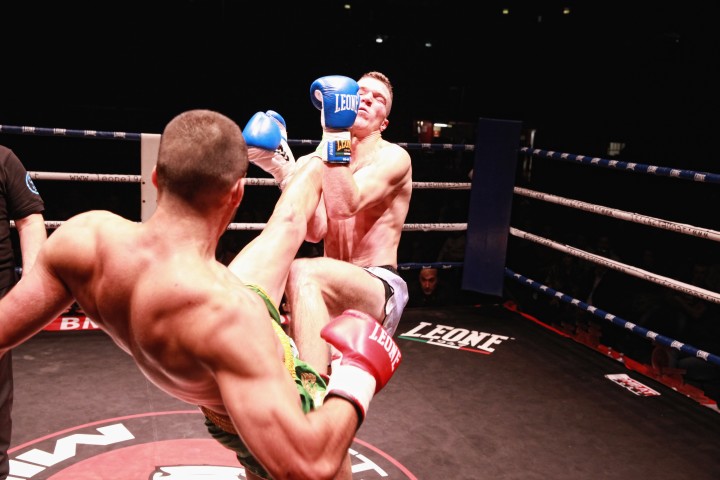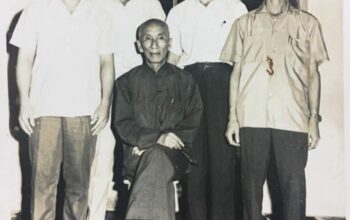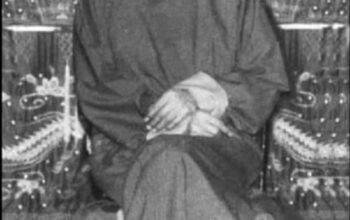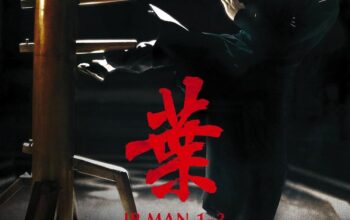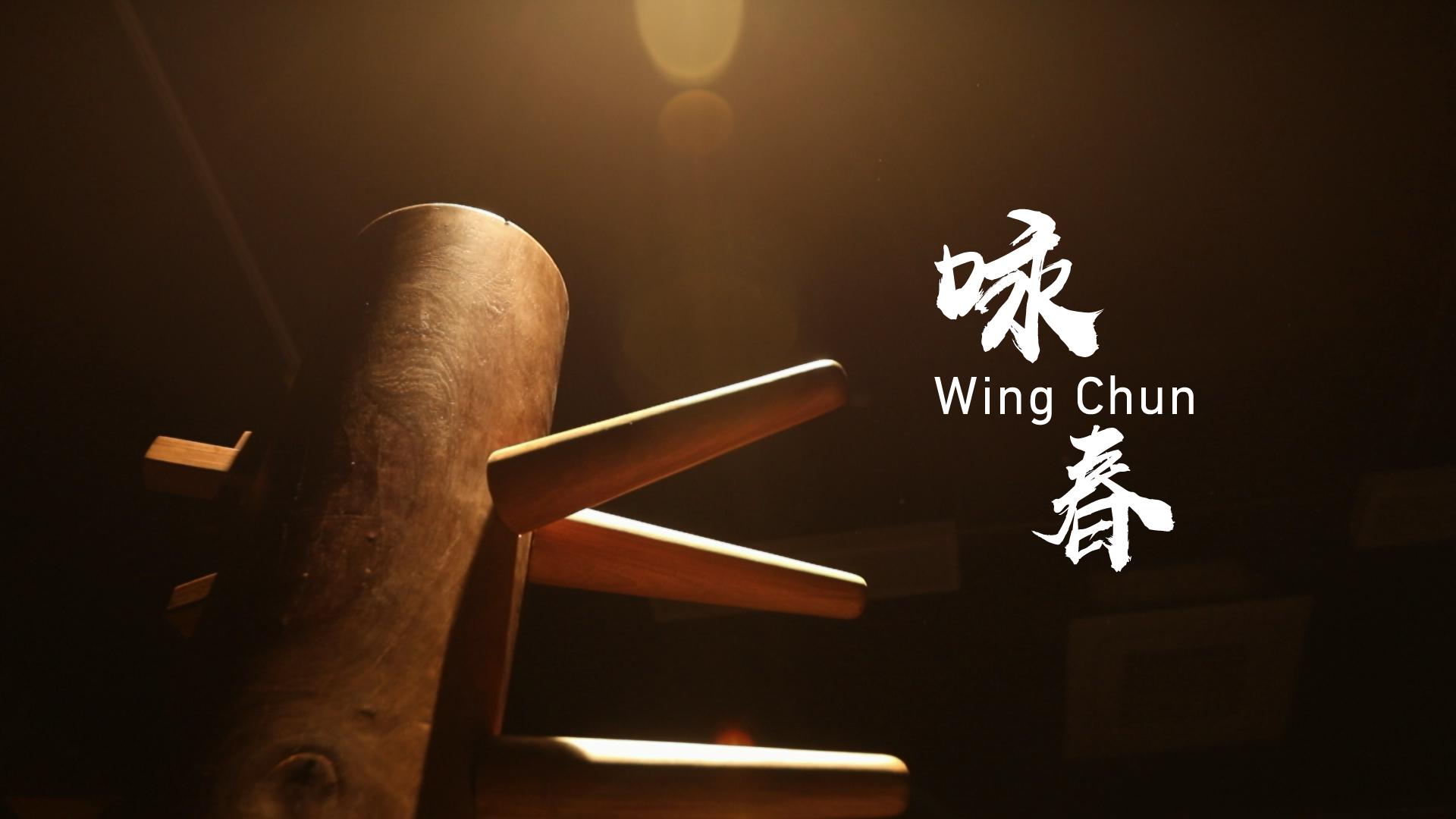Wing Chun, a traditional Chinese martial art, has gained popularity worldwide for its unique principles and practical approach to combat. As Mixed Martial Arts (MMA) continues to evolve and attract practitioners from various disciplines, it is natural to wonder if Wing Chun can be effectively utilized in the context of MMA. While Wing Chun may not be as commonly seen in MMA as disciplines like Brazilian Jiu-Jitsu or Muay Thai, it does possess certain attributes that can be valuable in an MMA setting. In this article, we will explore the potential application of Wing Chun in MMA.
One of the key aspects of Wing Chun that can be advantageous in MMA is its focus on close-quarters combat and clinching. Wing Chun’s training in close-range techniques, such as trapping hands and grappling, can provide an MMA fighter with a solid foundation for engaging in the clinch. The ability to control an opponent in close proximity, deliver short-range strikes, and execute takedowns can be a valuable asset in the octagon.
Wing Chun’s emphasis on simultaneous attack and defense can also be beneficial in MMA. The concept of intercepting an opponent’s strikes and countering in the same motion aligns well with the fast-paced nature of MMA. By utilizing techniques like simultaneous blocks and strikes, Wing Chun practitioners can effectively defend against incoming attacks while launching their own offensive combinations, capitalizing on opportunities that arise in the chaos of a fight.
Furthermore, Wing Chun’s principles of economy of motion and efficiency can be advantageous in MMA. The art focuses on using direct, simple, and effective techniques to neutralize opponents. This approach can be beneficial in the fast-paced environment of MMA, where fighters must make split-second decisions and react to changing circumstances. Wing Chun’s emphasis on conserving energy and minimizing unnecessary movements can help fighters stay composed and avoid wasting energy during prolonged exchanges.
Wing Chun’s training methods also contribute to its potential application in MMA. The practice of Chi Sao, or sticky hands, develops sensitivity and reflexes, which can enhance a fighter’s ability to anticipate and react to an opponent’s movements. This heightened sensitivity can be advantageous in grappling exchanges, allowing fighters to feel their opponent’s intentions and adjust their techniques accordingly.
While Wing Chun possesses valuable attributes for MMA, it is important to acknowledge certain challenges as well. MMA is a multidisciplinary sport that requires proficiency in various areas, including striking, grappling, and wrestling. Wing Chun, as a predominantly striking-based art, may need to be supplemented with training in other disciplines to become a well-rounded MMA fighter. Integrating techniques from other arts, such as wrestling or Brazilian Jiu-Jitsu, can enhance the effectiveness of a Wing Chun practitioner in the MMA arena.
In conclusion, while Wing Chun may not be as commonly seen in MMA as other disciplines, it can certainly have a place in the sport. Its focus on close-quarters combat, simultaneous attack and defense, economy of motion, and training methods like Chi Sao provide valuable tools that can be adapted for MMA. However, it is essential for Wing Chun practitioners to supplement their training with other disciplines to become well-rounded MMA fighters. By combining the unique attributes of Wing Chun with the necessary skills from other martial arts, individuals can enhance their chances of success in the dynamic and ever-evolving world of MMA.
